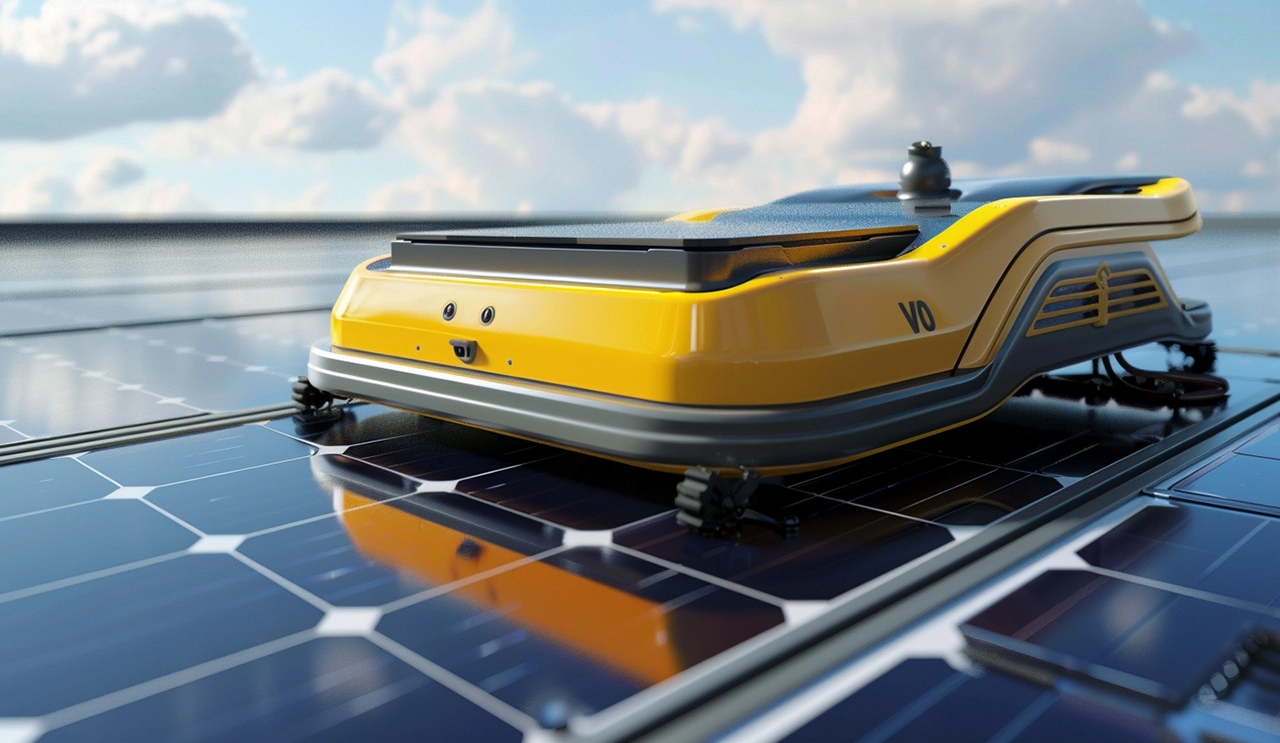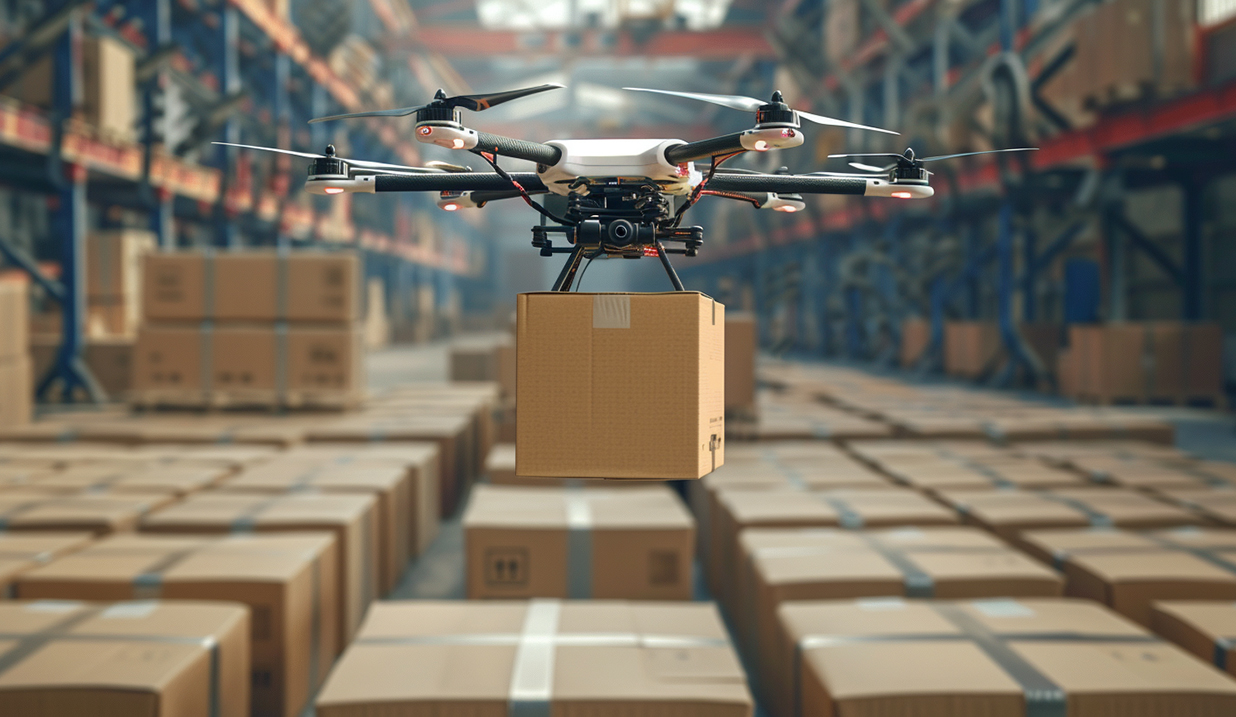
WIRELESS CHARGING IN THE NEWS
In the wonderful journey of human science and technology, the AGV handling robot is one of the glorious links. These autonomous guided vehicles not only free up manpower, but also improve efficiency and precision. However, behind the support of these intelligent handling robots is a "heart" for continuous operation - the battery. Choosing the right battery can not only guarantee the performance of the robot, but also affect the entire operating cost and the stability of the operation. Therefore, it is particularly important to understand the characteristics and applicability of different types of batteries.
On the market, the batteries commonly used in AGV handling robots can be mainly divided into three categories: lead-acid batteries, nickel-metal hydride batteries and lithium-ion batteries. Lead-acid batteries used to be the first choice for most AGVs because of their lower cost and mature technology. However, with the continuous progress of technology, people began to realize the shortcomings of its large weight, low energy density and short life, and gradually turned to the more superior performance of the battery type, the emergence of nickel-metal hydride batteries has brought a lighter, higher energy density choice, but its self-discharge rate is higher, and is more affected by temperature. In recent years, lithium-ion batteries, with their high energy density, long life and low self-discharge rate, have become the mainstream choice for AGV handling robots. Lithium-ion batteries not only reduce the robot's load, but also significantly extend its working time, thereby improving the overall efficiency of the operation.
In terms of energy supply, wireless charging technology has also begun to receive more and more attention. The emergence of high-power wireless chargers provides a more flexible and convenient charging method for AGV handling robots. Compared with traditional wired charging, wireless charging not only saves the trouble of connecting and plugging, but also reduces the problem of poor contact or wear caused by frequent contact. However, high-power wireless charging also faces some technical challenges. The first is the issue of efficiency, because wireless charging needs to transmit energy through the air, its efficiency is bound to be lower than wired charging. Secondly, safety is also a factor that has to be considered, high-power wireless charging involves high-frequency electromagnetic fields, and the impact on the equipment and the environment needs to be strictly controlled.
Nevertheless, with the advancement of technology, these problems are gradually being solved. For example, by optimizing the design of the charging coil, the electromagnetic conversion efficiency is improved and the energy loss is reduced; Add protective measures to reduce the impact of electromagnetic radiation on the equipment and the environment. This makes the application prospect of high-power wireless charging in AGV handling robot very broad. At present, some cutting-edge enterprises have begun to try to integrate high-power wireless chargers into the AGV system, and preliminary experimental results have also proved that this new charging method is expected to be applied on a large scale in the future.
In the future development blueprint, the AGV handling robot will continue to be iteratively updated, and its "heart" - the battery will also continue to evolve. The maturity of high-power wireless charging technology will undoubtedly add a strong ink to this process. We look forward to the arrival of that moment, which will take the application of AGV handling robots to a new height.







